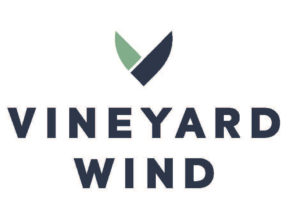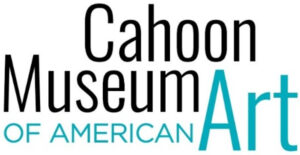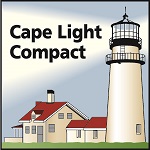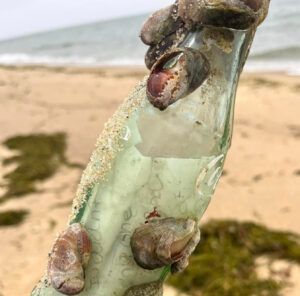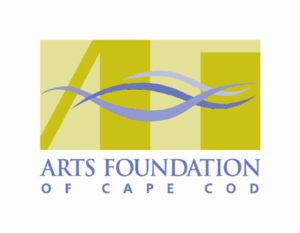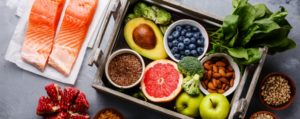 HYANNIS – Those who have been diagnosed with high blood pressure, and don’t want to take a pill every day, might want to consider changing the way they eat. A new study recently published in the Journal of the American College of Cardiology showed that a low-salt heart-healthy diet may be just as effective as medicine in reducing blood pressure.
HYANNIS – Those who have been diagnosed with high blood pressure, and don’t want to take a pill every day, might want to consider changing the way they eat. A new study recently published in the Journal of the American College of Cardiology showed that a low-salt heart-healthy diet may be just as effective as medicine in reducing blood pressure.
The study suggests that following the Dietary Approaches to Stop Hypertension (DASH) diet, combined with reducing sodium, should be the first line of defense when treating some people with high blood pressure.
“The DASH studies have shown that by increasing your fresh fruits, vegetables, beans, legumes, nuts, and limiting the saturated fat, you can significantly reduced blood pressure within two weeks,” said Amy Rose Sager, dietician for the Visiting Nurse Association of Cape Cod. “Combining exercise with eating more plants is even better. One study showed that 70 percent of those who combined exercise with eating more plants achieved normal blood pressure within six months.”
For the most recent study 412 adults who were at risk for hypertension, but not taking medicine. were randomly assigned to the DASH diet or a control diet that was comparable to the typical Western diet for 12 weeks. Over four-week periods during the study, they were also randomly assigned to three different levels of sodium intake. All participants who followed the DASH diet had lowered their blood pressure by four to 11 points. Those who followed DASH along with reduced sodium had the best results.
But the most surprising result was for those whose baseline systolic blood pressure was 150 or higher. They experienced an average blood pressure reduction of 21 points when following the DASH and low sodium diet.
The DASH Diet
The basic DASH diet includes the following foods:
four to five servings of vegetables a day
four to five servings of fruit a day
two to three servings of low fat or fat free dairy products a day
seven to eight servings of whole grains a day
two or fewer servings of fish, lean meat or poultry a day
four to five servings of beans, seeds and nuts a week
two to three servings of fats and oils a day
Very few sweets, added sugars or alcoholic beverages
“They were really trying to emphasize a lot more servings of vegetables in the DASH diet,” Sager said. “You are trying to power up your meal with more veggies and incorporating less refined foods and more grains.”
If the list of foods seems daunting, Sager, who also owns Leap into Wellness, a health and nutrition business, offered the following example of what to eat in a day:
Breakfast: Oatmeal with fruit and unsalted nuts with no added oils
Lunch: A whole grain hummus wrap with lots of veggies
Dinner: Lentil soup with a big salad
No Meat
The menu deliberately doesn’t include meat. The bottom line is that plants are just healthier, according to Sager. But for those who can’t give it up, she suggests cutting back to no more than one serving a day rather than eating it at every meal.
One of the other ways to lower blood pressure is to eat foods with a lot of potassium and magnesium, Sager said. Both minerals relax the walls of blood vessels. Beans, legumes, winter squash and leafy greens all are high in potassium. Nuts, seeds and whole grains are good sources of magnesium, Sager said.
The biggest source of sodium in the American diet is hidden salts, Sager said. To cut down on sodium intake she recommends avoiding all processed foods.
“If people are willing to make the changes, they can definitely turn their life around,” Sager said. “What also happens is you can lose weight. By increasing the fiber intake, it fills you up without filling you out, which can also lower blood pressure.”




